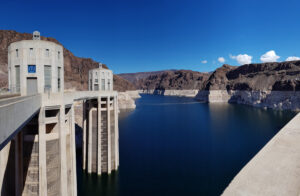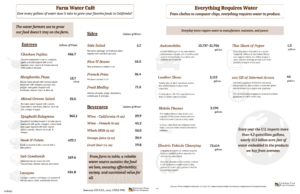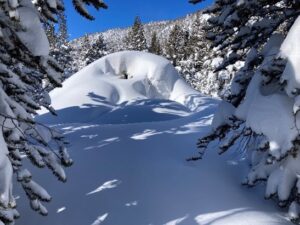LA Times columnist Michael Hiltzik recently published a column that contained an outrageous statement related to California’s water supply that is completely out-of-touch with the reality that California farmers live every day.
He stated, “Central Valley growers often talk as though only their water needs should count in California. . .” He’s either been living in a cave or is so wrapped up in his own bias he’s not able to factor in the truth.
California farmers have been leading the charge on water conservation as well as connecting updated science to water policy and protection of the environment.
As noted by the Public Policy Institute of California (PPIC) agricultural water use in California is down 15 percent since 1980 while production is up more than 60%. That’s an incredibly efficient water use by any measure. And, as Californian’s concern for safe, locally grown food increases during the pandemic, it’s also of critical importance.
In addition, California farmers have contributed to more than $800 million on studies over the last decade, working to identify science-based water policy that works for farms, people and the environment.
These studies build on investments in science-based projects that are helping heal the California environment. The Butte Creek Salmon Recovery Project turned a population of about 100 Chinook salmon returning each year to Butte Creek into 10,000 over the course of about 20 years. And the science at the heart of this project continues to be used today to implement additional projects in various parts of the state.
Other projects are in place to restore floodplains which not only provide critical water storage, they benefit struggling fish populations as well. The largest public-private floodplain restoration project in the state is at Dos Rios Ranch in Stanislaus County. River Partners, a non-profit that manages the project says, “Our floodplain reforestation projects are biodiversity hotspots and climate-protection powerhouses.”
California farmers have always taken care of their neighbors – and that includes the wildlife with which we share the land. Much of California’s most important wildlife areas exist alongside some of the state’s most productive farmland and farmers are a key part preserving this valuable habitat.
Mr. Hiltzik likely celebrates Earth Day every April and probably misses the fact that on the farm, every day is Earth Day.


